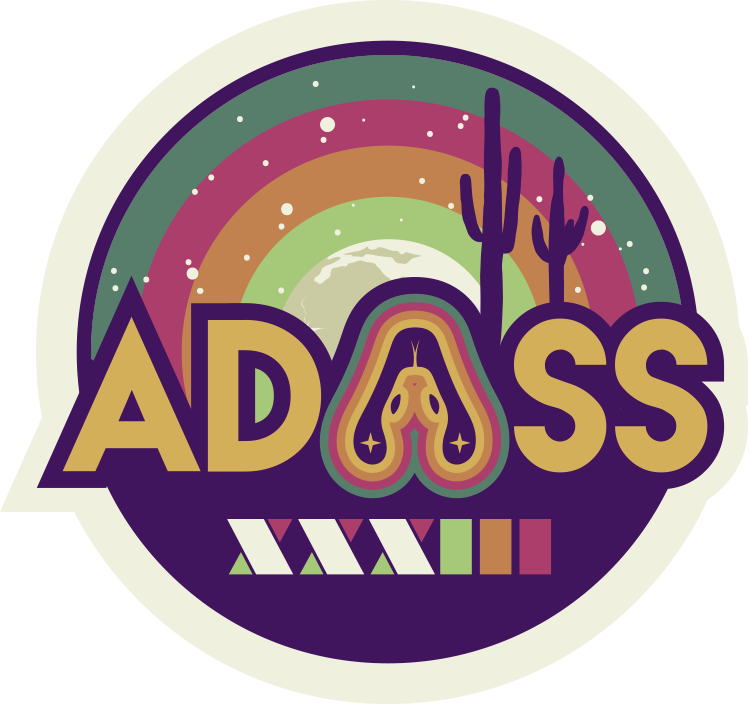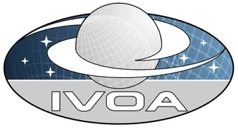ADASS posters are displayed all week
When
Theme: Software, tools and standards for Solar System, heliophysics, and planetary research
The Trieste Solar Radio System (TSRS) was a set of two multi-channel solar radio polarimeters, performing continuous surveillance of the decimetric and metric coronal radio emissions with high time resolution. It was operational in Trieste (Italy) from 1969 to 2010, collecting data in digital form since 1999. However this archive encountered challenges in terms of maintenance and support due to resource constraints, including funding and personnel shortages. More recently, the heliospheric physics community highlighted the importance of exploiting this resource, pushing the evaluation of new data preservation strategies with the primary goal to enhance accessibility and make the TSRS Heritage Archive (TSRS-HA) more adherent to the FAIR principles. During the TSRS-HA setup process, the entire repository of original digitised raw data will undergo a complete re-ingestion, moving from bespoke data formats and proprietary software to standardised and open-source solutions. Consequently, this upgrade will lead to significant enhancements in data exploitation capabilities, addressing the limitations that were inherent in the former system and allowing users to conduct fast searches across the entire time series stored within the relational database.
The new architecture of TSRS-HA is based on a containerized microservice solution that breaks down the large application into smaller components, each enclosed within its own container. This introduces isolation allowing to change areas of the application without affecting the whole setup, improving security, providing fault isolation. Moreover, it supports portability and scalability, facilitating migration to new servers or cloud-based solutions.
The designed architecture allows accommodating multiple FAIR-enabling standards from different communities, like TAP, EPN-TAP and HAPI. The choice of multiple standard interfaces is driven both by their ability to connect to a larger audience and by the features they enable. The IVOA Table Access Protocol is chosen for its flexibility in deploying tabular data and rich metadata, as well as its support for metadata models. One of these models is the EPN-TAP to serve predefined atomic datasets alongside full historical time series. At the same time the Heliophysics Application Programming Interface can offer a solution dedicated to time series discovery and access.
Another benefit of employing containerized microservices is the availability of applications, like Jupyter notebooks, without the hurdles of conflicting frameworks on the host server. Jupyter notebooks can be used to provide practical examples and documentation for the services, offering users a cookbook-like introduction to leveraging the resources of TSRS-HA
This contribution provides technical details of the system and discusses future perspectives and potential refinements.



